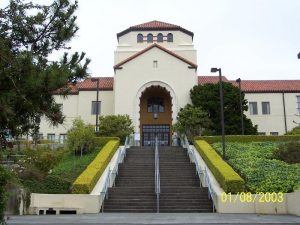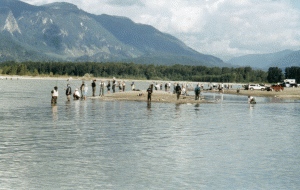Remembering Bob Burns
There are five people named Bob Burns in this family.
The first Bob Burns was one of the three lads that came over to Canada from Scotland in 1880. He is my cousin Bob’s grandfather. He lived in the Parry Sound region of Ontario then briefly in Nelson and finally in Humboldt Saskatchewan where he died in 1928.
The next Bob Burns was my father’s brother who was born in 1911 and drowned in Lake Athabasca in 1933. Uncle Bob was a geologist on a prospecting expedition when his canoe swamped. He was with two classmates from the Colorado School of Mines who also perished..
Then there is the subject of this note: my cousin Bob born in 1942 and died in a motorcycle accident in 2017.
The fourth is Gordon and Ramona Burns son Bob born in 1933. My only memory of him is how he defeated a character called the Lion who was supposed to be unbeatable. The Lion travelled with a fair and anyone who could stay in the ring for five minutes with him won one hundred bucks. Bob lived in his own space above the garage at Gordon and Ramona’s and I figured that was the coolest thing. He was a big, strong fellow (as the Lion discovered). He died in an auto accident at Christina Lake in 1959. He and his wife Irene had two boys: Gary and Gordie.
Then there is the subject of this note: my cousin Bob who was born in 1942 and killed in a motorcycle accident at Green Lake in 2017.
The fifth is my brother Robert Michael who was born in 1954 and only lived for a day.
Cousin Bob moved around quite a bit but we were always in contact more or less. He was in Nelson in the 1940’s and 50’s for at least some of the time. They lived on High Street and in Upper Fairview where as a little boy, Bob fell off his porch into a patch of stinging nettles. His Dad was Don Burns who slung beer at the Royal Hotel and sold furniture in Nelson. The war was not kind to his Dad who was a hard drinker. His mother May was a saint with unlimited patience which I am sure she needed every ounce of.
In the 1950’s, Little League baseball came to Nelson. Bob played for the Kiwanis team and pitched the first game. He was a long, tall fellow with a good arm. Bob and I rode our bikes around town and did a fair bit of swimming in those days but before long he was off to Calgary and I usually only saw him in the summers.
He and his family which by that time included his brother Doug would show up across the lake in their little Austin car and Don would unload a few cases of beer. He and my dad would sit on the front porch and down a few as Don lectured my brother Tom and I on the length of our hair. The family stayed at Lymbery’s cabins at Grey Creek and visited friends around Nelson, Ainsworth and Kaslo .
In the late fifties, Bob acquired a 1937 Chev and visited Nelson on his own in the summer of 1959. My folks had moved to California by that time and I wanted no part of it so I went to Calgary with Bob intending to join the army as he had done. I stayed with Bob’s family and got o know Calgary a bit. We visited the Kananaskis Valley and fished the Bow River but in the end the Army would not take me so it was California on the bus.
Bob thrived in the Army as a member of the Queen’s Own Rifles. He was stationed in Germany as part of a NATO force from 1960 t0 1962. In 1966 he joined the Calgary Police Service. As a rookie cop, one of his first tasks was to try and save a lady from a beating by her husband or boy friend. No sooner has he subdued the guy than the lady clubbed him with her purse and put him out of commission. In 1970 Bob got back to BC and joined the Delta Police Department. One of h is first jobs was to attend the terrible accident where a Russian ship rammed a BC Ferry near Active Pass. The ferry “looked like it was opened with a can opener’ said Bob. A lady who remained in her car on the lower deck was killed. Bob got married to a girl named Carol when he was in Calgary and I didn’t see much of him. They had two boys – Sean and Michael – who I met when they were young but haven’t seen since although Bob sometimes told me of how they were getting on.
After he and Carol split, he sometimes came over to Lantzville where I was holed up. I sometimes went over to visit Doug and him. Bob had bought a silver Corvette and we cruised around Vancouver looking for girls and drank at the Joe Capp bar on Broadway. Doug was working for DFO on marine patrols and got lots of time off so he was ready to party but our partying days didn’t last long.
Bob married Franca about then and helped start the Delta Police Band which took him to many places. He was the drum major and was really quite stunning in his dress and bearing.
Bob and Franca had a fine life together. They had two great kids – Bobby (the sixth Bob) and Michelle. They had some great houses and a camp at Green Lake. Franca was an avid hiker and Bob enjoyed fishing and hunting. The only real down incident was Doug’s death in 2007.
They had some great trips including one to Italy where they visited Franca’s family. Barbara and I went to their Green Lake Camp to cross country ski one winter and Bob and Franca sometimes rode their bike to Chilliwack to visit. Bob loved motor cycle trips and that is what killed him. They were close to home at Green Lake when a pick – up driver took his eyes off the road to reach for a water bottle on the floor and rammed into Bob and Franca. Franca was pretty beat up but recovered but that was the end for Bob.
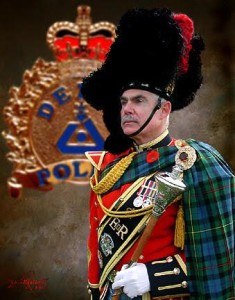
Bob as a police band drum major.
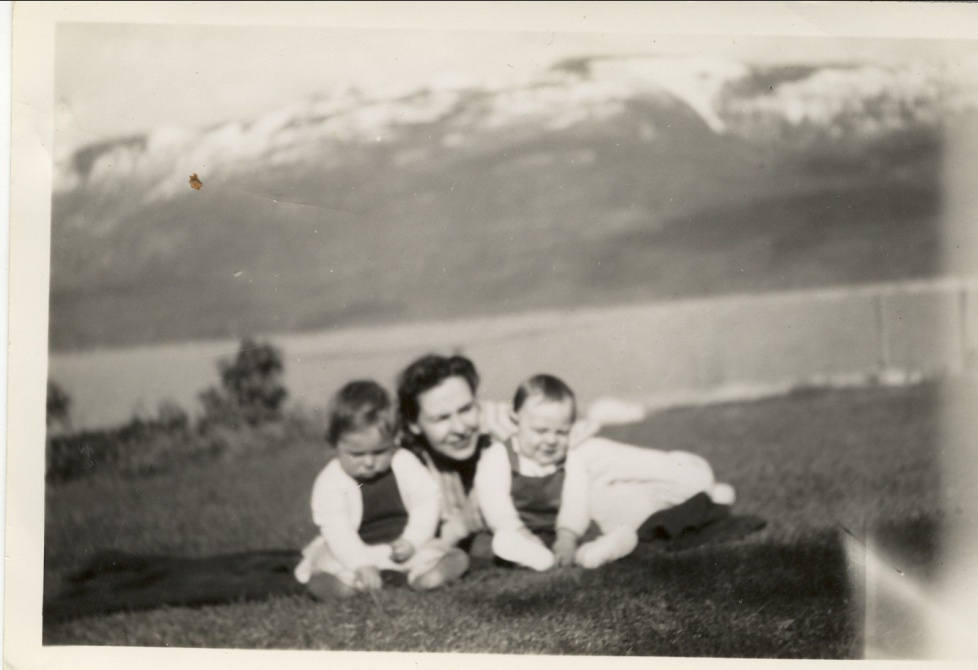
May with Bob and I at Ainsworth.
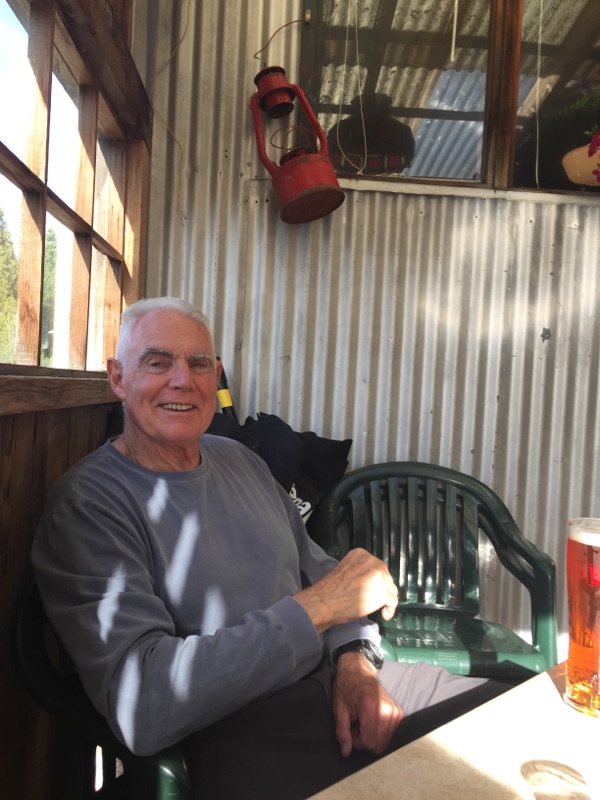
Bob relaxing after a trip to Sydney.
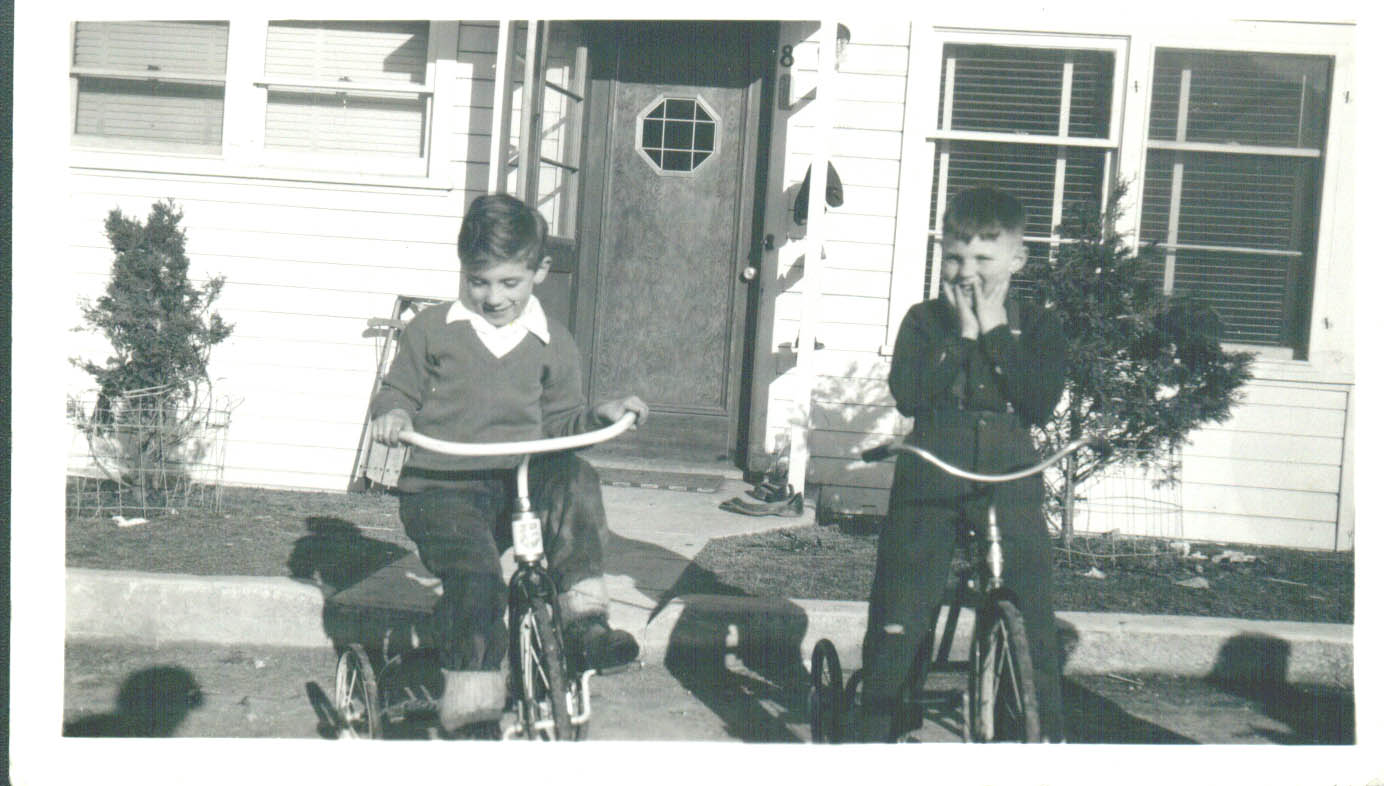
Bob and I at the Blue Top Motel in Nelson.
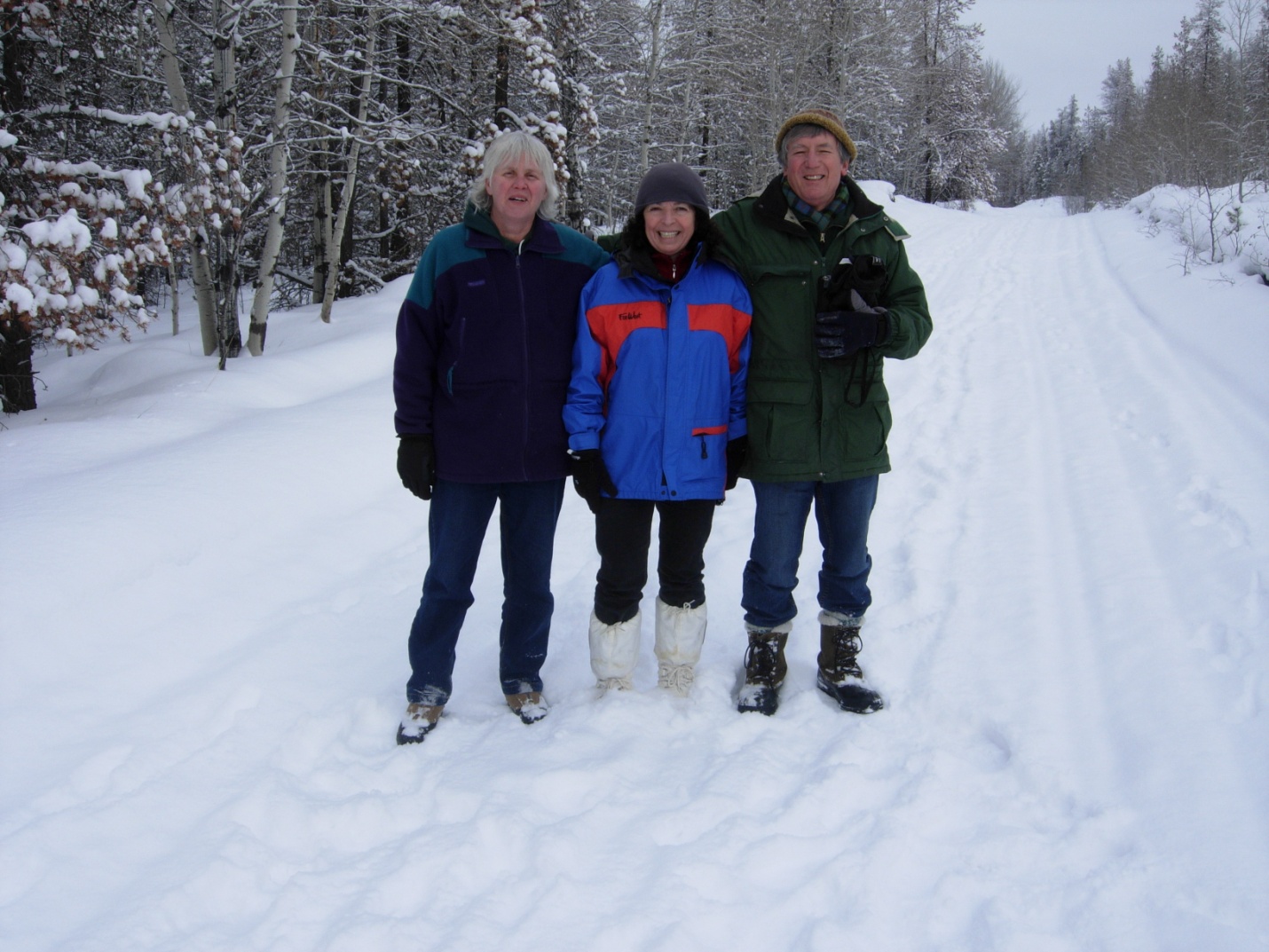
Barbara, Franca and I at Green Lake
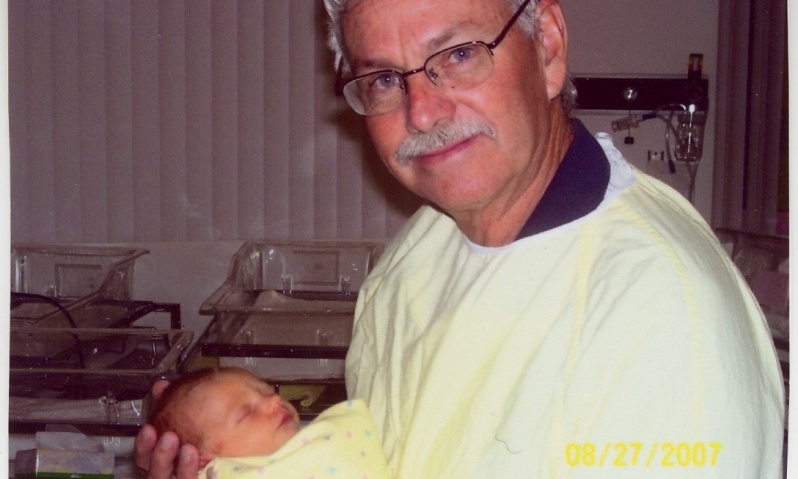
Doug as a grandfather.
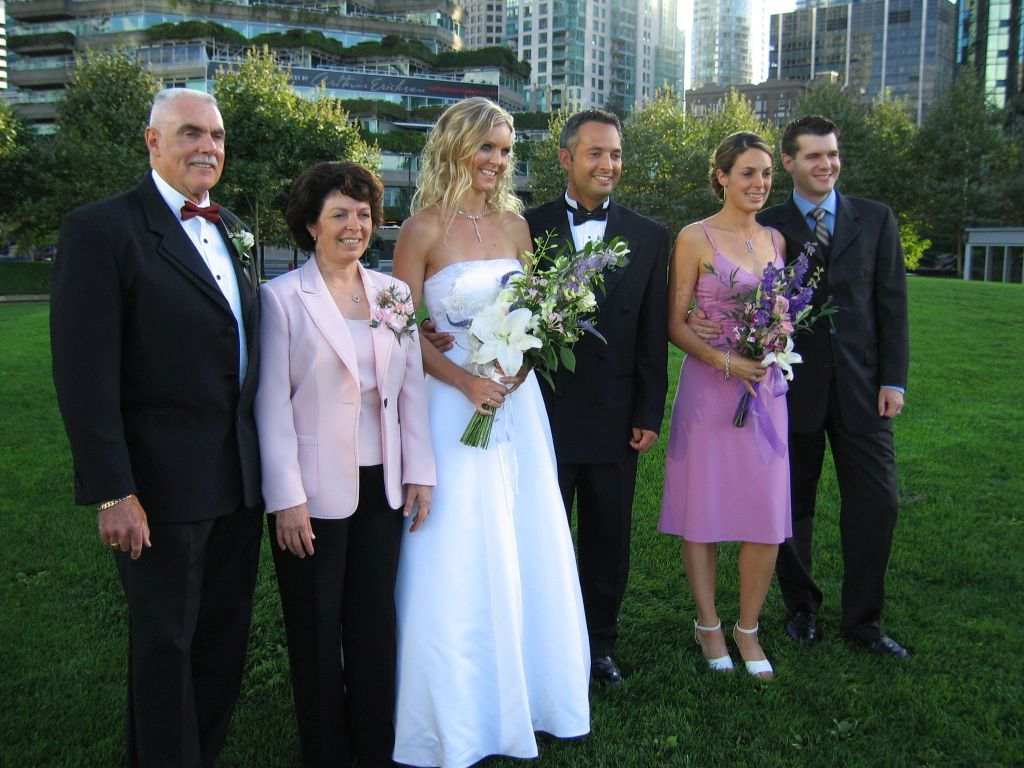
Bob, Franca, Shannnon, Bobby, Michelle and Ryan.
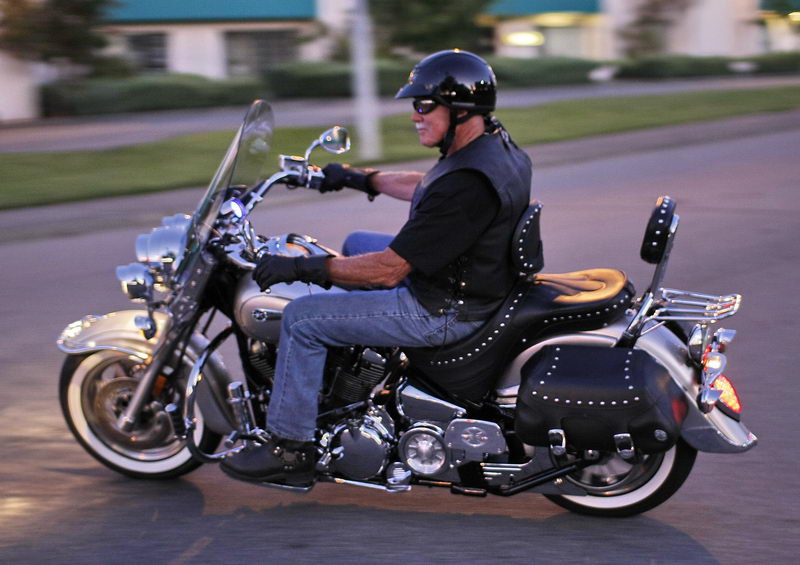
Bob’s friend Les Blaney said Bob’s bike was his mistress. He loved his bike.
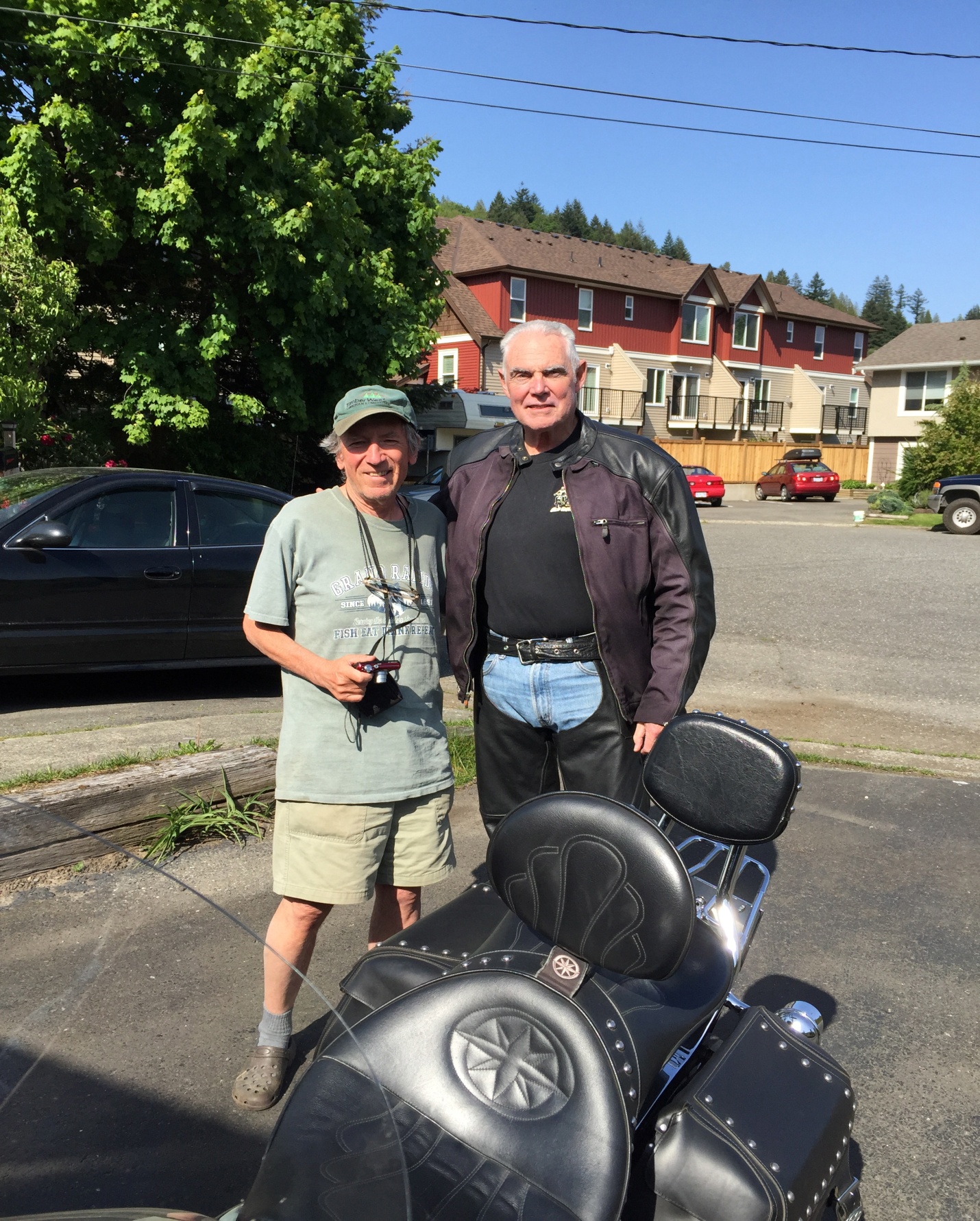
Big Bob and Little Ted – Chilliwack 2016.
